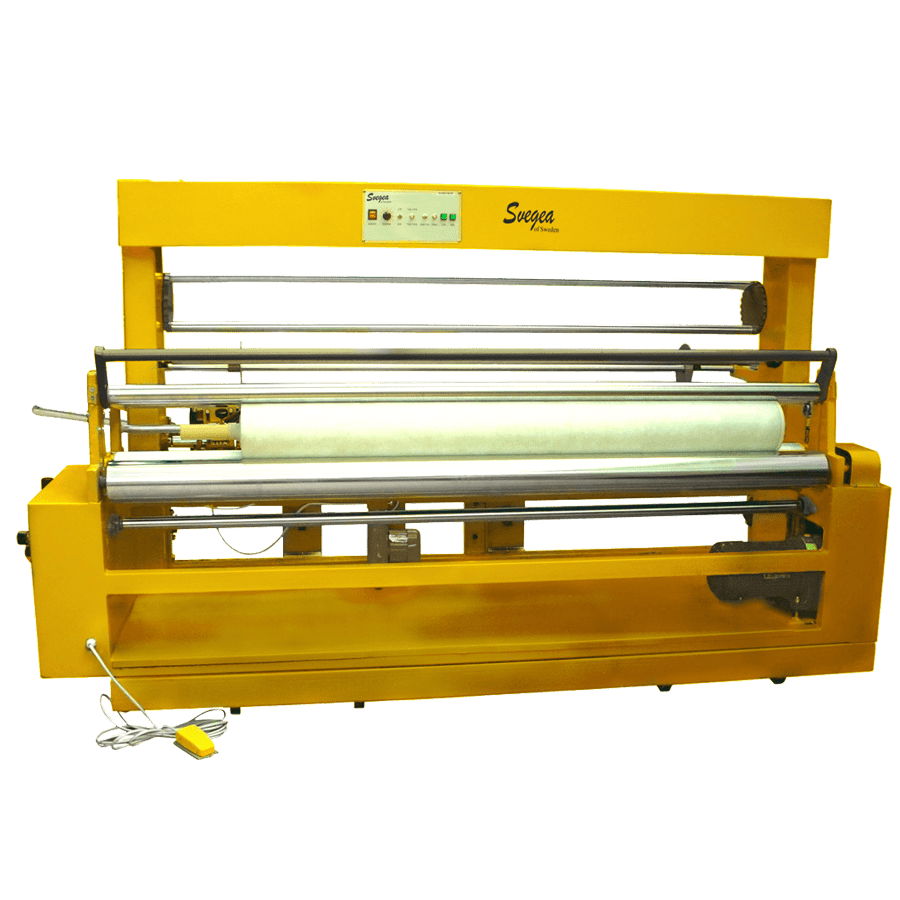In a world where sustainability is becoming more than a buzzword, the fashion industry is undergoing a significant transformation. One of the most innovative and impactful changes is the adoption of zero waste pattern cutting. This method not only revolutionizes the way garments are produced but also addresses the environmental concerns associated with traditional fashion practices.
Understanding Zero Waste Pattern Cutting
Zero waste pattern cutting is a design technique that aims to eliminate fabric waste in the creation of garments. Traditional garment production often results in approximately 15-20% of fabric waste due to the inefficient placement of patterns on the fabric. This discarded material often ends up in landfills, contributing to environmental pollution.
In contrast, zero waste pattern cutting meticulously plans the layout of each piece of fabric, ensuring that every inch is utilized. This approach can involve intricate designs, geometric shapes, and innovative sewing techniques to fit the pieces together like a puzzle. The result is a garment that uses all the fabric with minimal to no waste.
The Environmental Impact
The fashion industry is notorious for its environmental footprint. From water consumption to carbon emissions, the production of clothing has significant impacts on the planet. Zero waste pattern cutting offers a practical solution to one of these issues: fabric waste.
By reducing fabric waste, this method helps in conserving resources. It means fewer raw materials are needed, reducing the demand for water, energy, and chemicals involved in fabric production. Additionally, less waste means fewer textiles end up in landfills, decreasing environmental pollution.
Economic Benefits
While the environmental benefits of zero waste pattern cutting are clear, the economic advantages are equally compelling. For designers and manufacturers, fabric is a significant cost. By maximizing fabric usage, zero waste techniques can lead to substantial cost savings.
Moreover, as consumers become more conscious of sustainability, there is a growing market for eco-friendly products. Brands that adopt zero waste practices can attract environmentally conscious customers, willing to pay a premium for sustainable fashion. This shift not only helps the planet but also makes good business sense.
Challenges and Innovations
Despite its many benefits, zero waste pattern cutting is not without its challenges. The method requires a high level of skill and creativity. Designers must rethink the way they approach garment construction, often needing to create entirely new patterns and techniques.
However, this challenge has spurred innovation in the industry. Designers are experimenting with modular designs, where pieces can be rearranged and used in multiple ways. Digital tools and software are also being developed to aid in the creation of zero waste patterns, making the process more accessible to a broader range of designers.
Success Stories
Many brands and designers are already making significant strides in zero waste fashion. For instance, designers like Timo Rissanen and Holly McQuillan are pioneers in this field, pushing the boundaries of what is possible with zero waste pattern cutting. Their work not only showcases the potential of this method but also inspires others in the industry to follow suit.
Brands like Tonlé and Daniel Silverstein (Zero Waste Daniel) have built their entire business models around zero waste principles. They demonstrate that sustainability and style can go hand in hand, offering chic and modern designs that do not compromise on environmental values.
The Future of Fashion
As the fashion industry continues to evolve, the importance of sustainable practices cannot be overstated. Zero waste pattern cutting represents a significant step forward in this journey. It challenges the status quo, pushing designers and manufacturers to think creatively and responsibly.
The future of fashion lies in innovation and sustainability. By adopting zero waste techniques, the industry can reduce its environmental footprint, create economic opportunities, and cater to a growing market of eco-conscious consumers. As more brands embrace this method, we can look forward to a fashion industry that not only looks good but does good for the planet.
Svegea of Sweden: Revolutionizing Zero Waste with Advanced Technology
One notable brand making strides in the realm of zero waste pattern cutting is Svegea of Sweden. Known for their advanced cutting machinery, Svegea offers innovative solutions designed to maximize fabric utilization. Their machines not only enhance precision but also significantly reduce waste, aligning perfectly with the zero waste philosophy. By incorporating Svegea’s technology, designers can seamlessly integrate zero waste techniques into their production process.
Curious about how Svegea of Sweden can elevate your zero waste pattern cutting process? Visit our contact page for more information on our cutting-edge machinery and start your journey towards a more sustainable future today.





